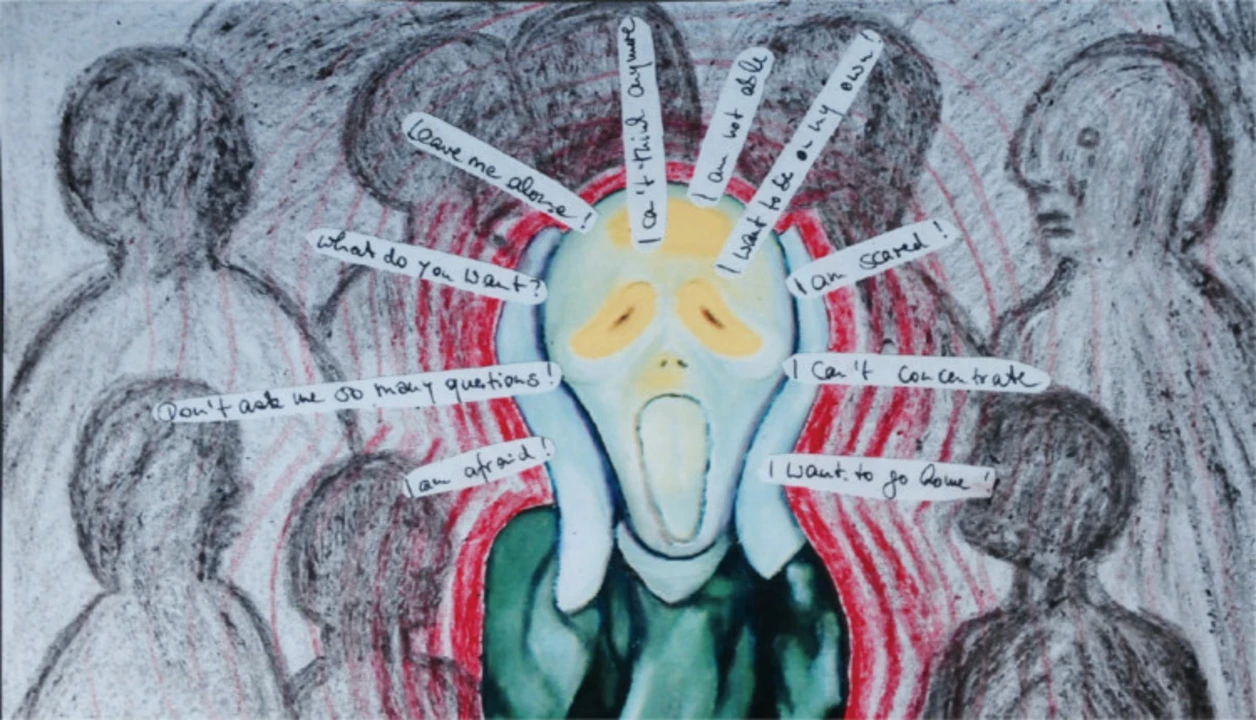Depressive disorder: signs, treatment options, and quick help
Feeling low for a few days is normal. Depressive disorder is different: it’s when low mood, low energy, or loss of interest last most days for weeks and get in the way of work, sleep, eating, or relationships. You don’t have to “tough it out.” Practical steps and real treatments can make a big difference.
Quick steps if you’re struggling right now
If you’re having trouble getting out of bed, stop sleeping, or thinking about harming yourself, call your doctor or a crisis line right away. If you’re in immediate danger, call emergency services. For less urgent but worrying symptoms, write down what’s changed—sleep, appetite, concentration, and daily activities—and bring that to your clinician. Tracking symptoms for two weeks can help a doctor decide what to try next.
Tell a trusted friend or family member how you feel. You don’t need to explain everything—saying “I’m not okay and I need support” is enough. Small practical supports (someone to bring meals, help with appointments, or check in daily) reduce stress while you work on treatment.
Common treatments and what to expect
Therapy and medication are the two main, evidence-backed options. Cognitive Behavioral Therapy (CBT) helps change unhelpful thinking and habits. Talk therapy can reduce symptoms within weeks for many people. Antidepressants—usually SSRIs like escitalopram (Lexapro) or sertraline—can also help, often taking 4–8 weeks to show full benefit. Your doctor may suggest trying one or both.
Side effects happen. For example, some antidepressants can cause weight change or sleep changes. If you notice unwanted effects, talk to your prescriber before stopping. They can switch drugs, change dose, or add therapy. If you use other medicines (like heart drugs or sedatives such as Ativan), tell your doctor—some combinations need close monitoring.
Lifestyle changes speed recovery. Aim for regular sleep, small daily activity goals, and gentle movement like walking or short workouts. If weight gain is a concern, mixing steady-state cardio with short high-intensity sessions can help—pick what you enjoy so you stick with it. Avoid alcohol and recreational drugs; they usually make depression worse.
If medications are needed, get them from licensed sources. Online pharmacies can be safe, but check reviews, require a prescription, and use secure payment and shipping. Telemedicine clinics can help with follow-up if in-person care is hard to access.
For severe or treatment-resistant depression, options include different medication classes, combination therapy, or newer treatments under medical supervision. Talk to a specialist if you’ve tried two or more treatments without improvement.
Depressive disorder is common and treatable. Start with one small step—call your doctor, set an appointment, or tell a friend—and build from there. You don’t need to handle this alone.

